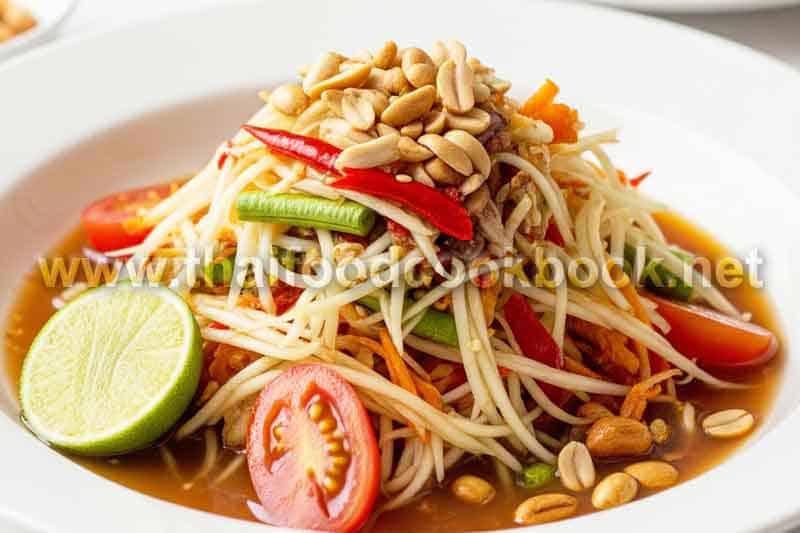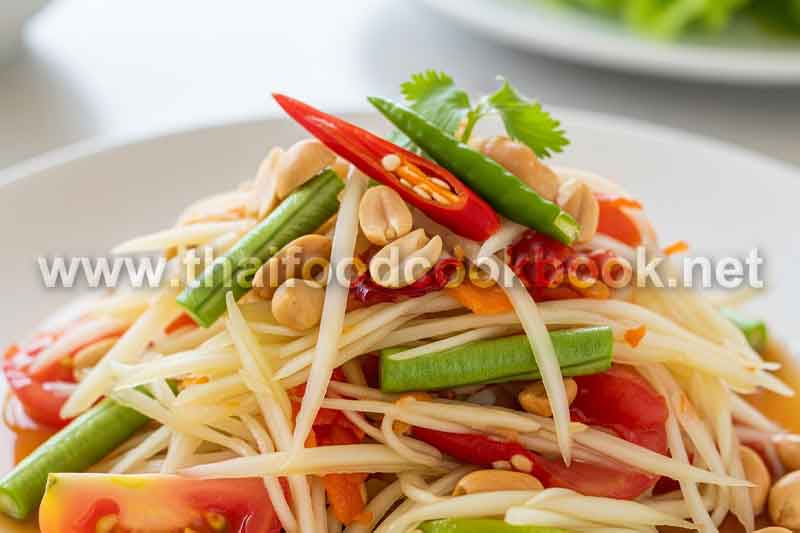The real reason your stir fry has no wok aroma
Most home cooks wonder why their stir fry never develops the deep smoky flavor known as wok hei, and the real reason your stir fry has no wok aroma often comes down to heat, technique, and timing. Authentic wok aroma relies on blistering temperatures, rapid toss-cooking, and correct oil contact on metal surfaces. Without these elements, the dish tastes steamed rather than stir-fried. Another big factor is the moisture barrier created by overcrowding, which prevents searing and leaves vegetables limp instead of charred. The key lies in dry ingredients, blazing-hot pans, and fast frying that caramelizes aromatics instantly. If you want to truly unlock wok fragrance like in a restaurant, you need to treat heat not as an afterthought, but as the foundation of Thai and Chinese stir-fry culture. Real mastery comes from flame intensity and not from sauces alone, because no seasoning can compensate for missing high-heat vaporization. Stir-fry technique isn’t about cooking slowly—it’s about a fast dance of heat, oil, and air that creates flavor in seconds wok aroma.
Why your pan never reaches “wok heat”
The first fundamental reason most stir fries fail is insufficient heat output. Even a heavy skillet can’t re-create wok hei if the burner cannot sustain high temperatures after food hits the surface. Restaurant woks often run on 100,000 BTU+ jet burners, while most home stoves max out at a fraction of that. On a weak burner, proteins leak moisture before browning, and vegetables steam instead of searing. If you add too much food at once, the temperature collapses even further. Preheating the wok until it smokes lightly, adding oil only after it is blazing hot, and then keeping ingredients moving rapidly are essential steps. You should also dry proteins with paper towels, cut vegetables into uniform shapes, and keep batches small so the pan stays shockingly hot. True wok aroma forms when micro-droplets of oil vaporize and combust on contact with intense heat—this cannot happen at lukewarm temperatures. Think of it as controlled high-heat “perfuming” of ingredients rather than mere cooking. Dry heat equals smoky flavor; low heat equals watery stir-fry.
- Preheat until lightly smoking before adding oil
- Cook in small batches to maintain temperature
- Dry proteins thoroughly before searing
- Use a carbon steel wok, not non-stick
Why moisture ruins wok aroma before flavor even begins
Water is the enemy of wok hei. Excess moisture blocks caramelization and traps steam, which erases smoky notes and leaves ingredients soft, pale, and bland. Frozen vegetables that are not thawed and drained first sabotage heat instantly. Proteins marinated in wet sauces pool liquid at the bottom of the pan instead of evaporating on contact. This prevents the rapid Maillard browning that produces deep savory fragrance. The solution is simple: moisture must be controlled before the first ingredient ever touches the wok. Keep sauces concentrated and add them at the end, not as a marinade that floods the pan. Wash greens early and pat them dry completely. If water hits the wok when the oil is at vaporizing temperature, temperature plummets and the signature aroma disappears. For authentic wok hei, drying is as important as seasoning. True Asian stir-fry is a controlled dehydration process followed by flavor infusion, and once you understand that, your texture and aroma transform overnight.
- Dry ingredients before cooking
- Use thick sauces sparingly
- Keep marinades minimal
- Add finishing sauces late for gloss, not steam
How to finally achieve authentic wok fragrance at home
In the end, the real reason your stir fry has no wok aroma is not the recipe itself but the thermal environment in which it’s cooked. High heat, low moisture, fast motion, and correct oil timing are what separate restaurant-style stir fry from steamed vegetables in a skillet. Use a carbon steel wok, cook in small batches, and preheat until near smoking before the first ingredient lands. Keep ingredients dry so the oil can vaporize properly and deliver that signature smoky perfume. Authentic wok hei is a product of technique more than seasoning, and once you apply these fundamentals, your dishes will gain the rich sear, charred edges, and layered fragrance associated with professional Asian kitchens. To deepen your understanding of the science behind wok temperature and rapid vaporization, explore more practical stir-fry technique guides from authentic wok cooking and refine your heat management until aroma becomes automatic.

